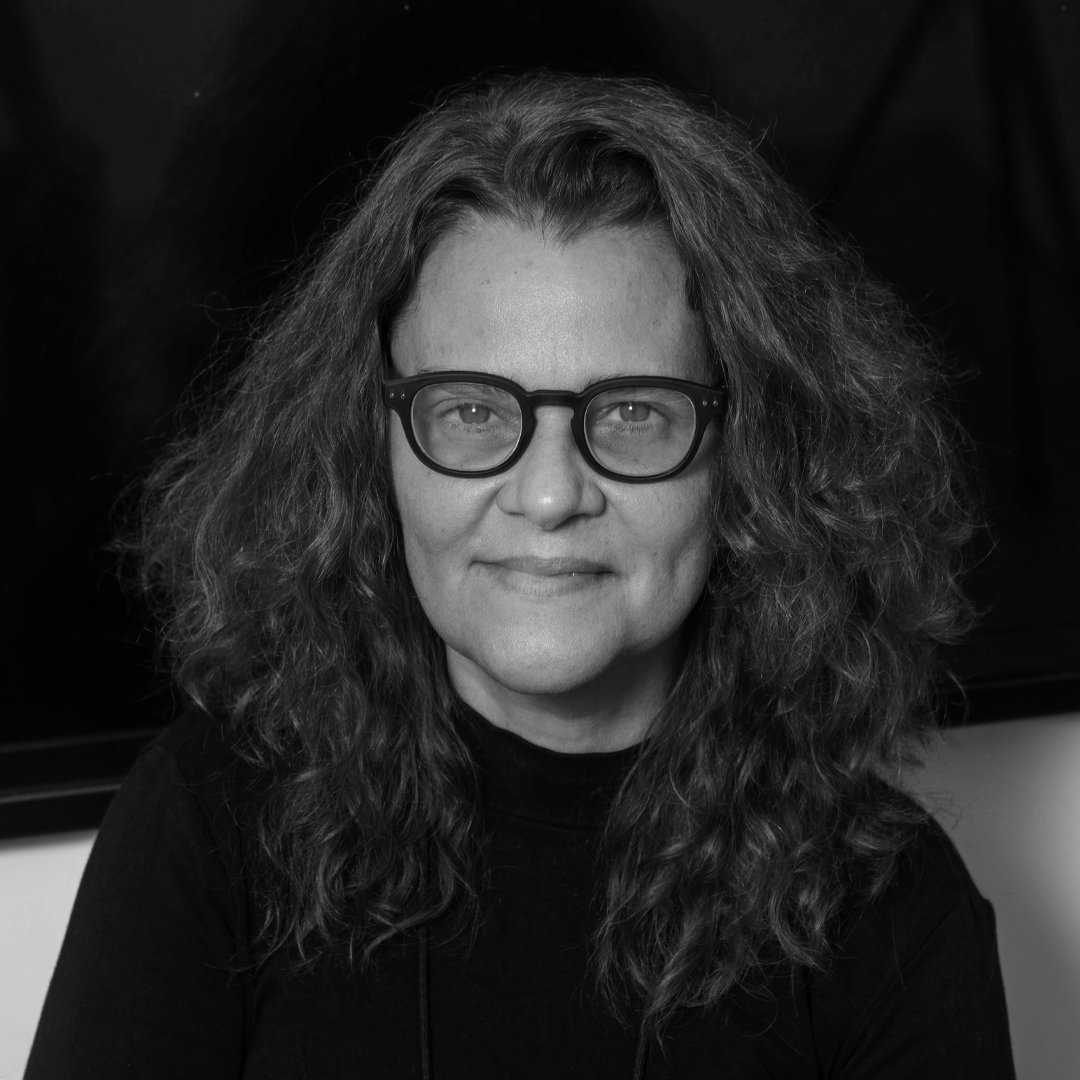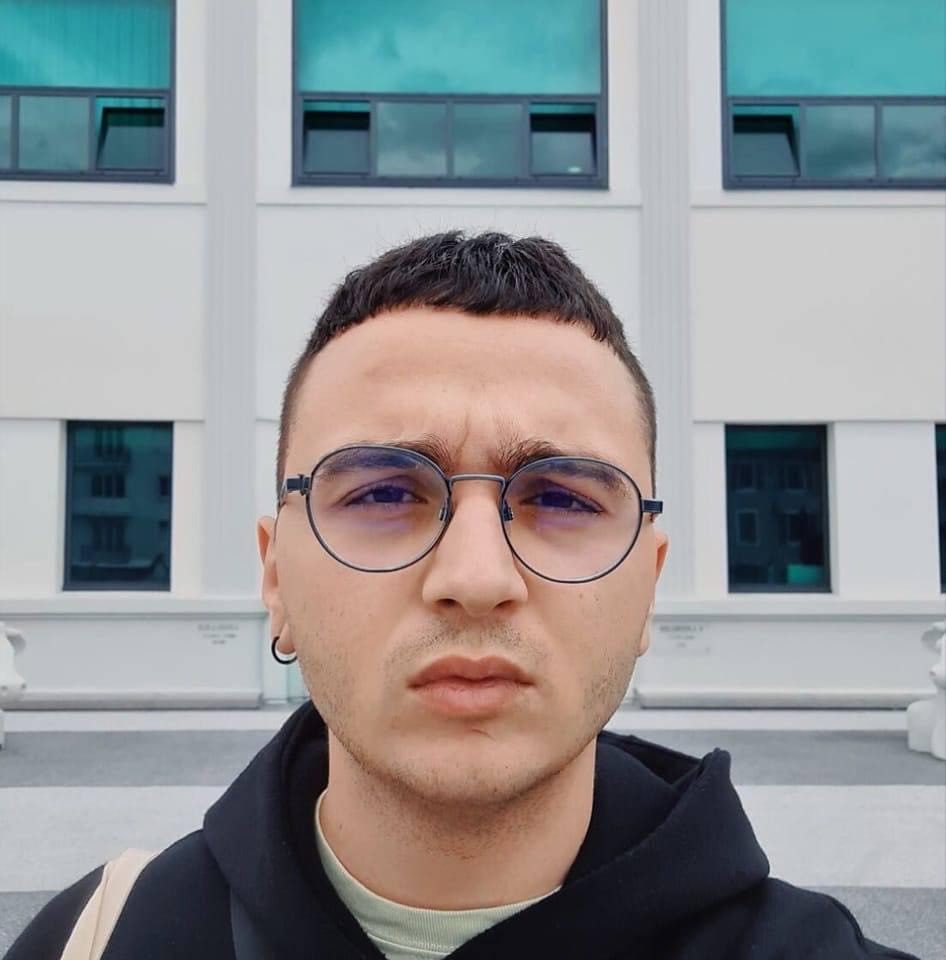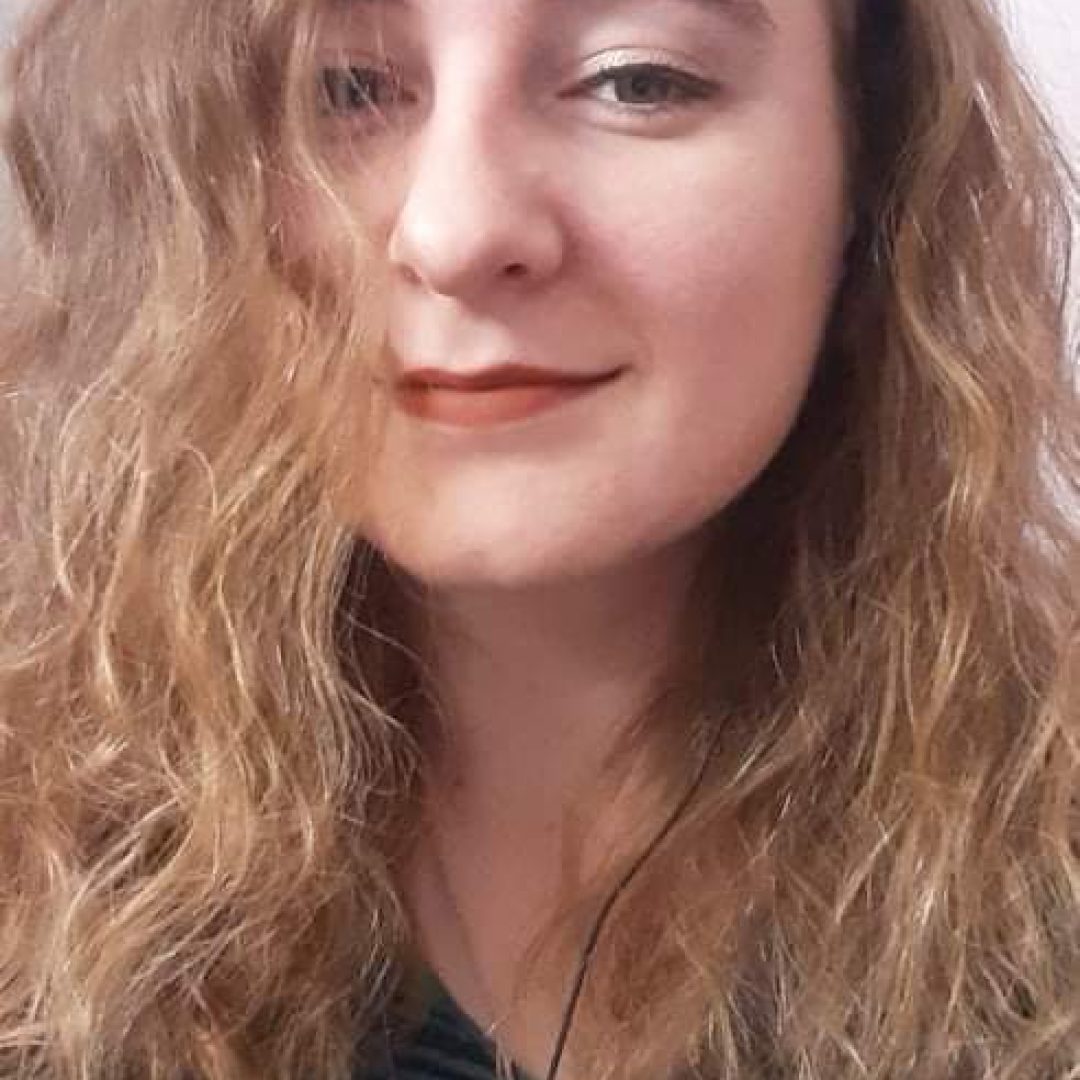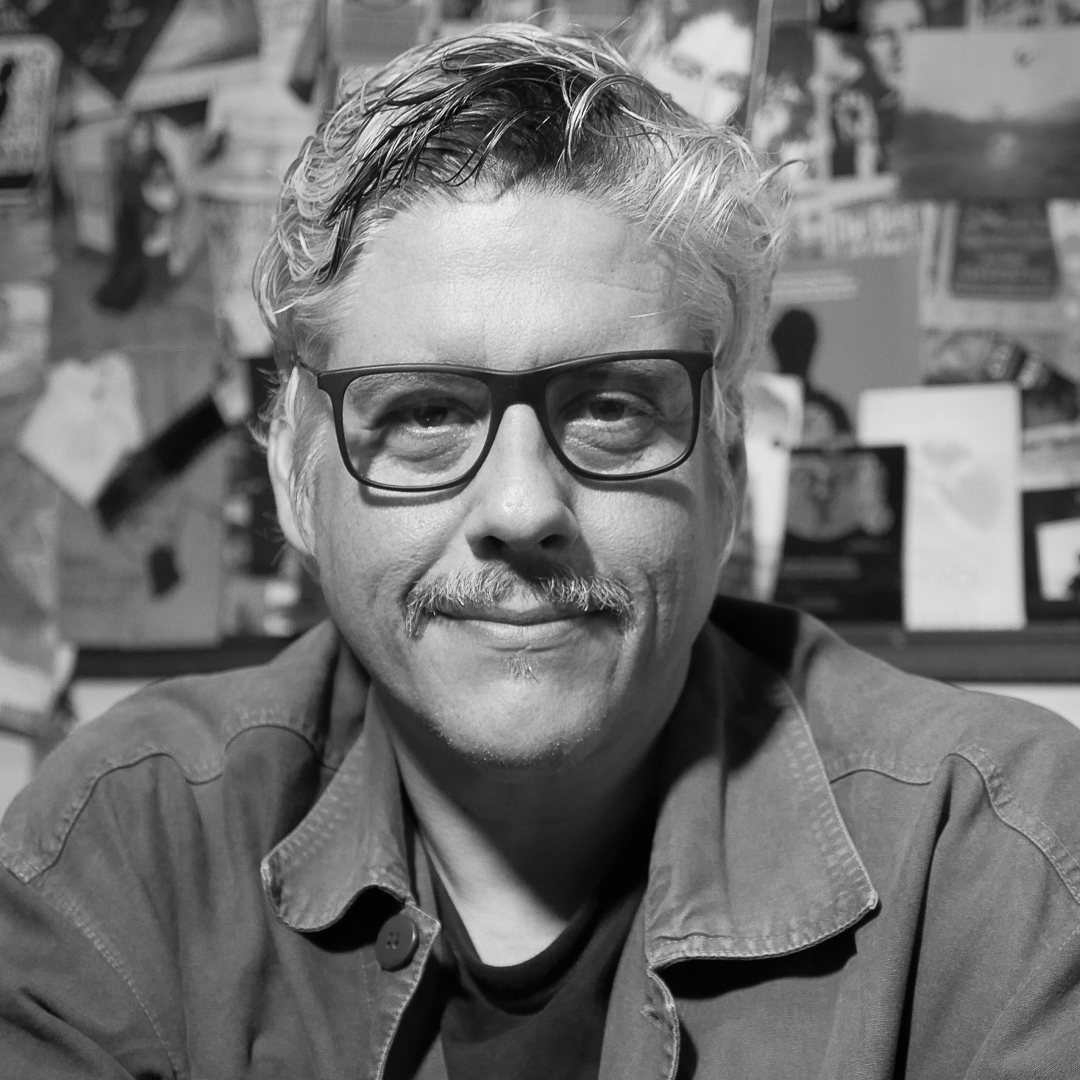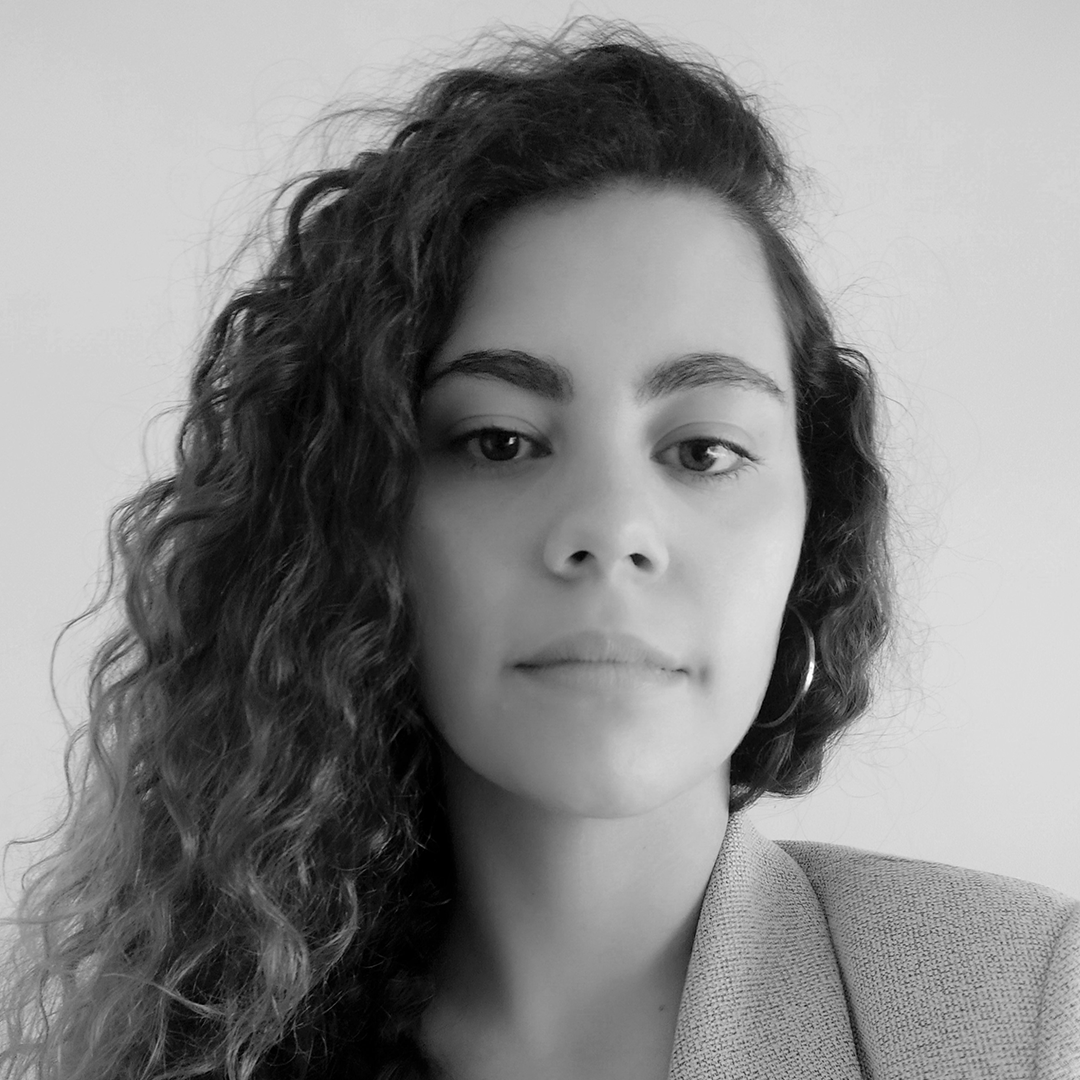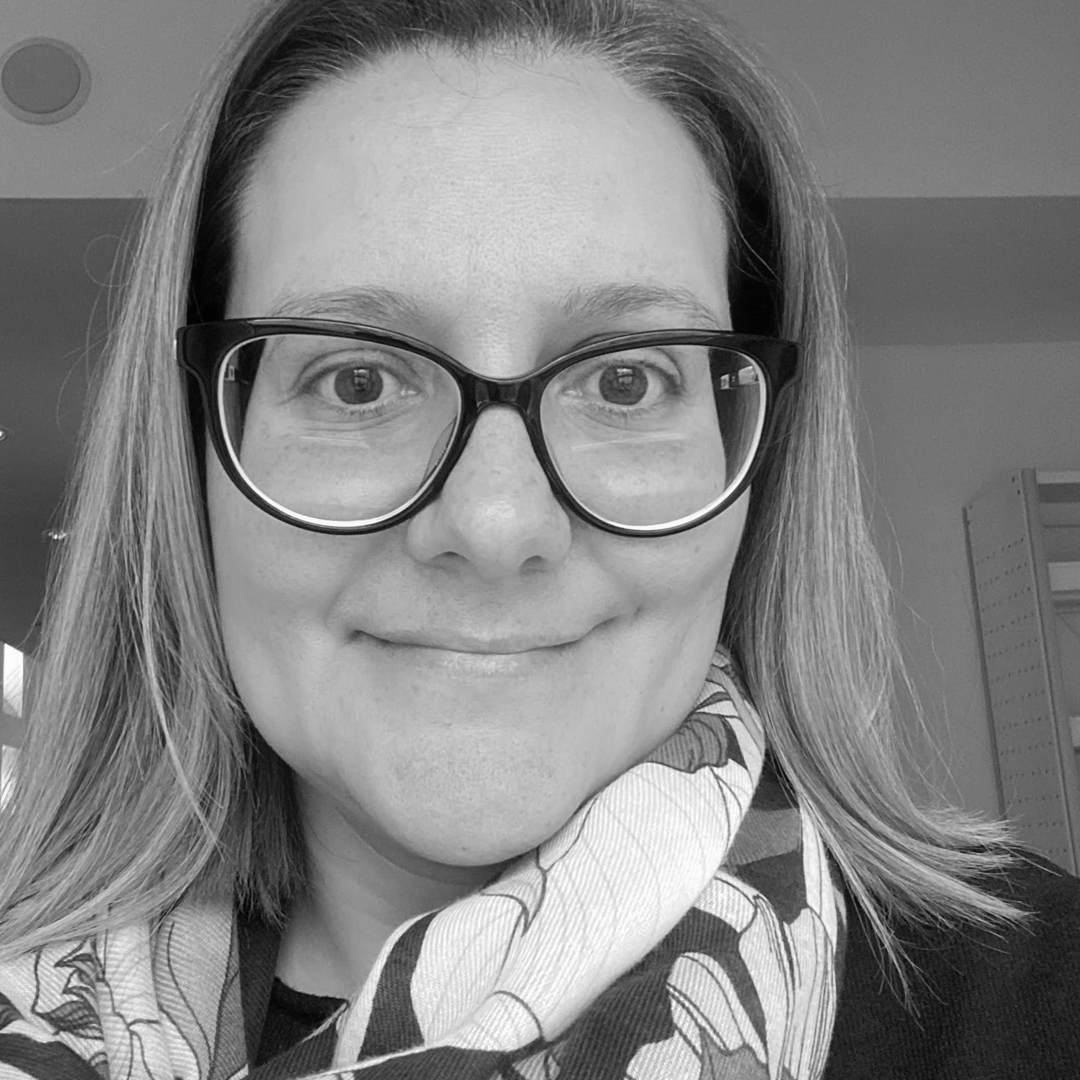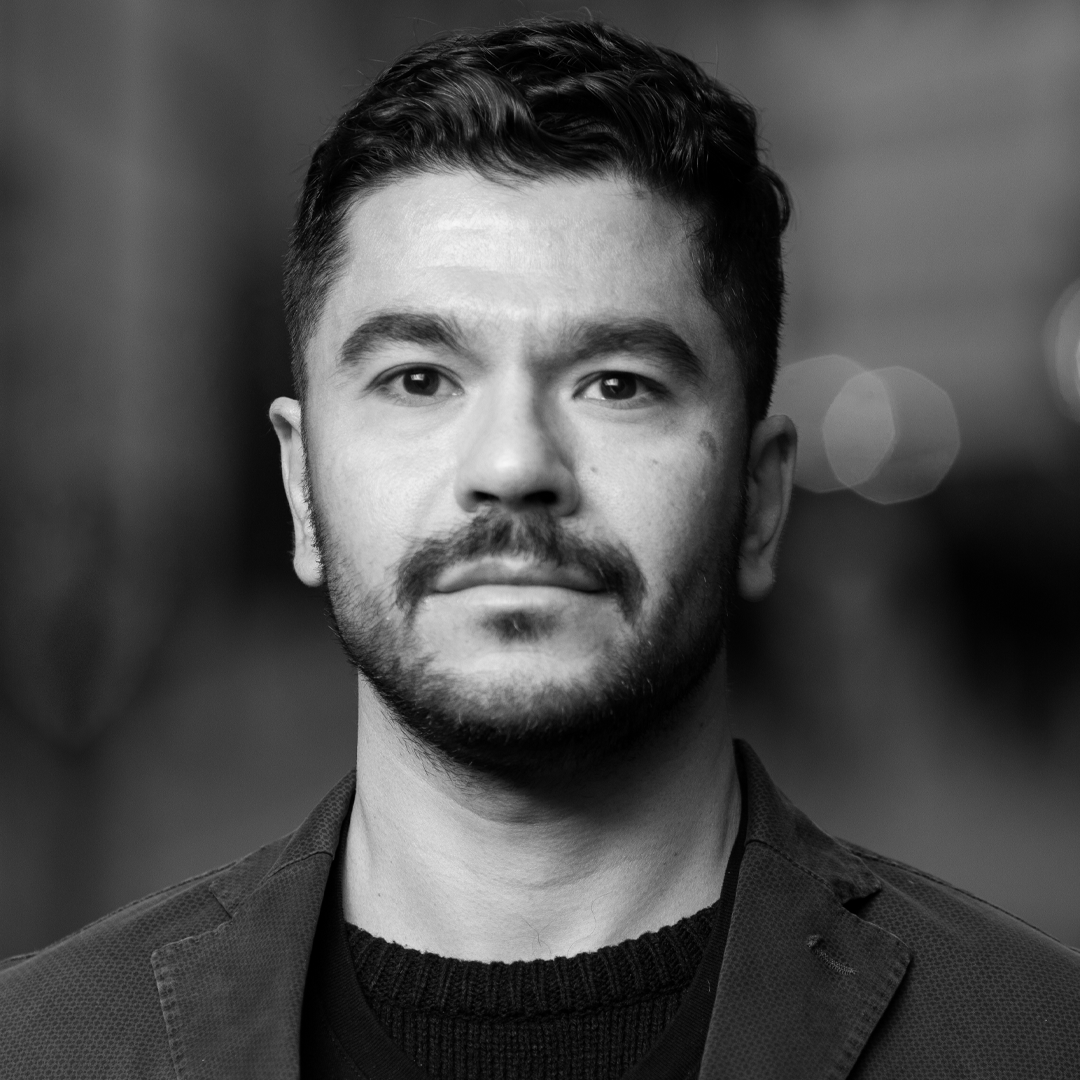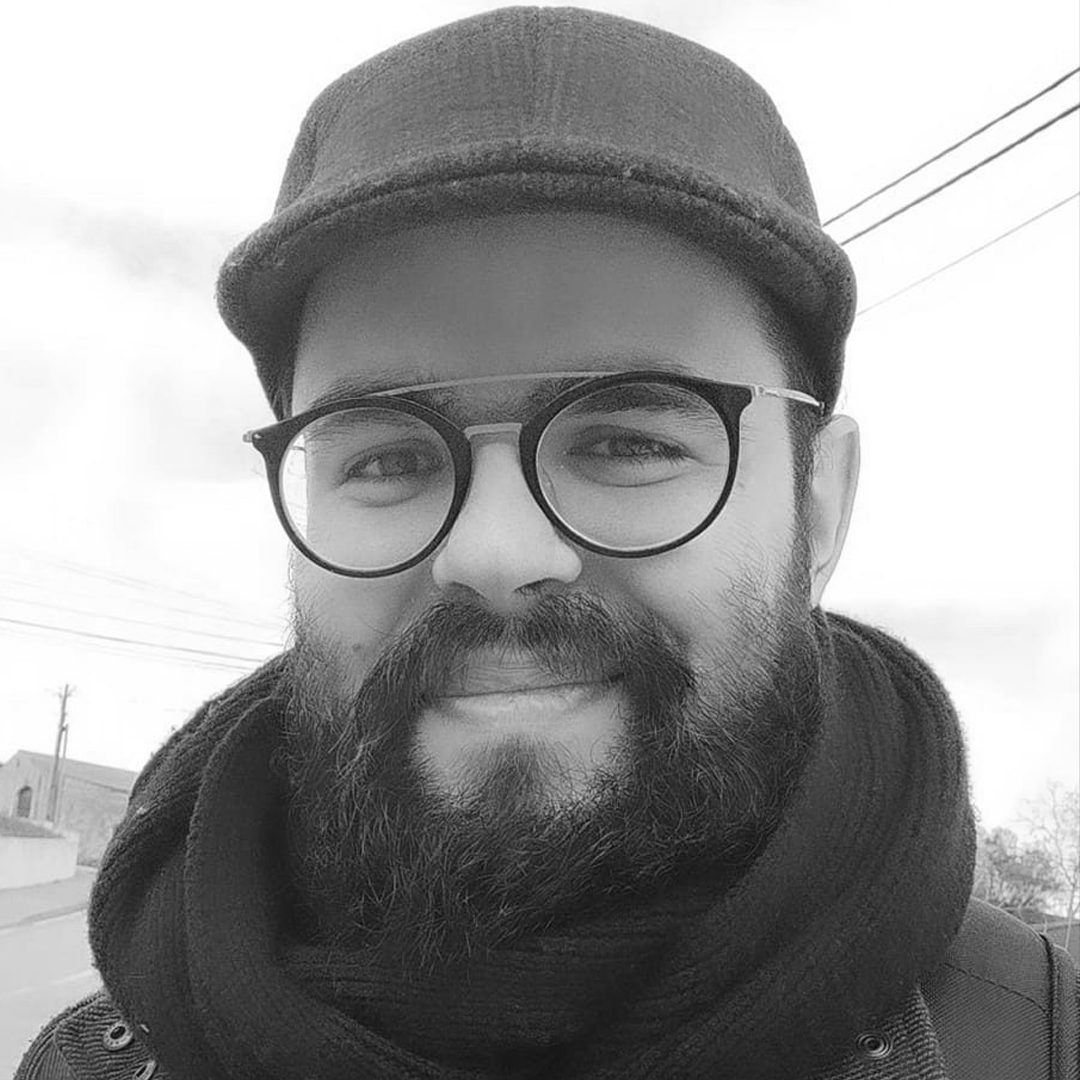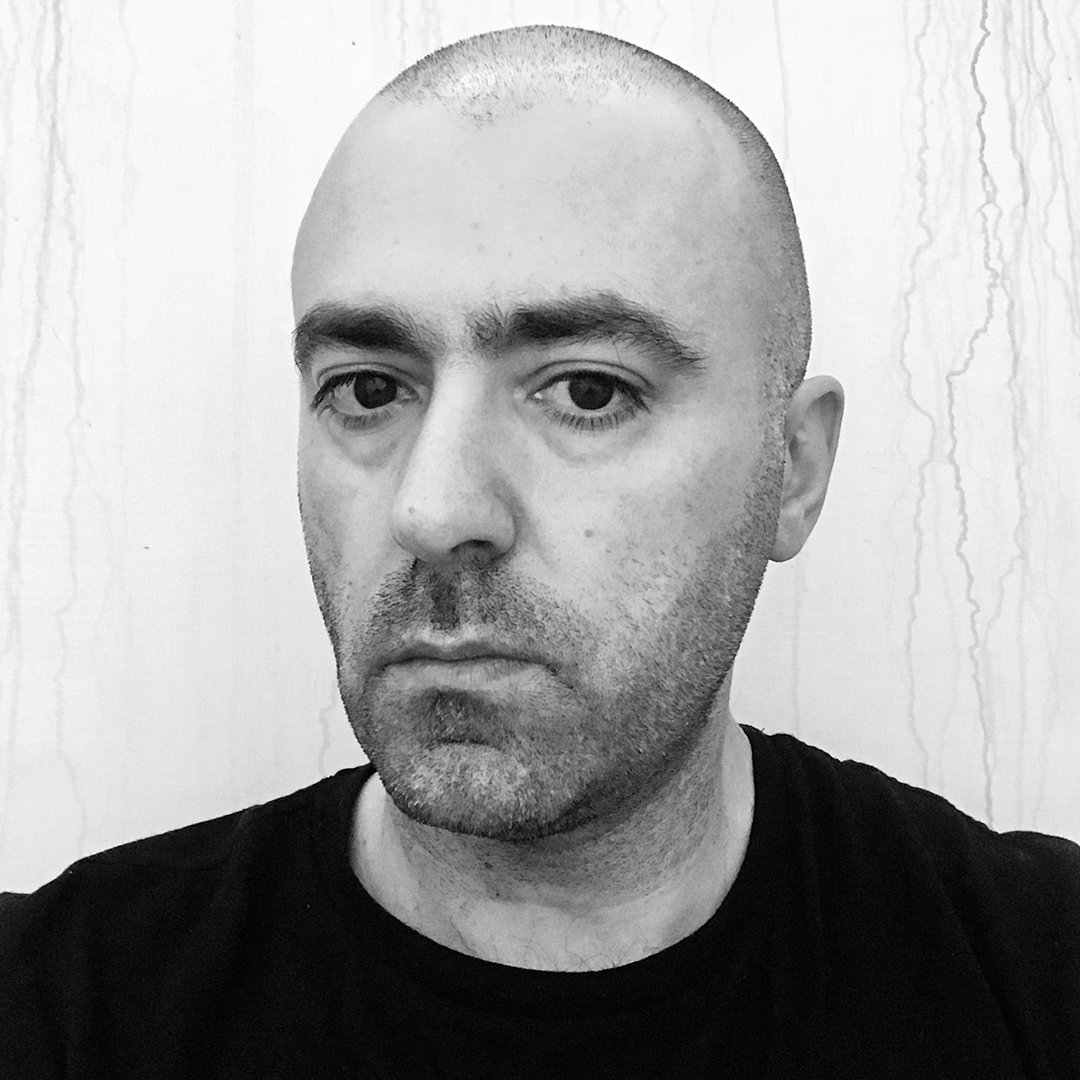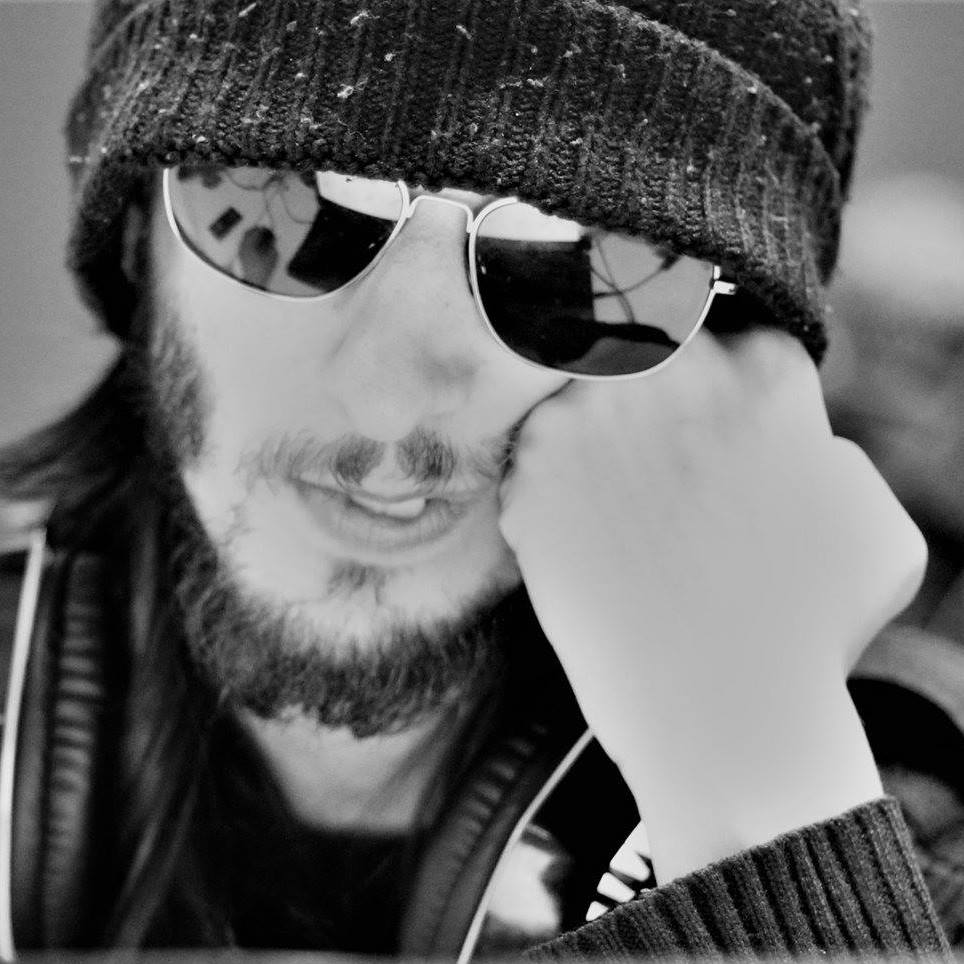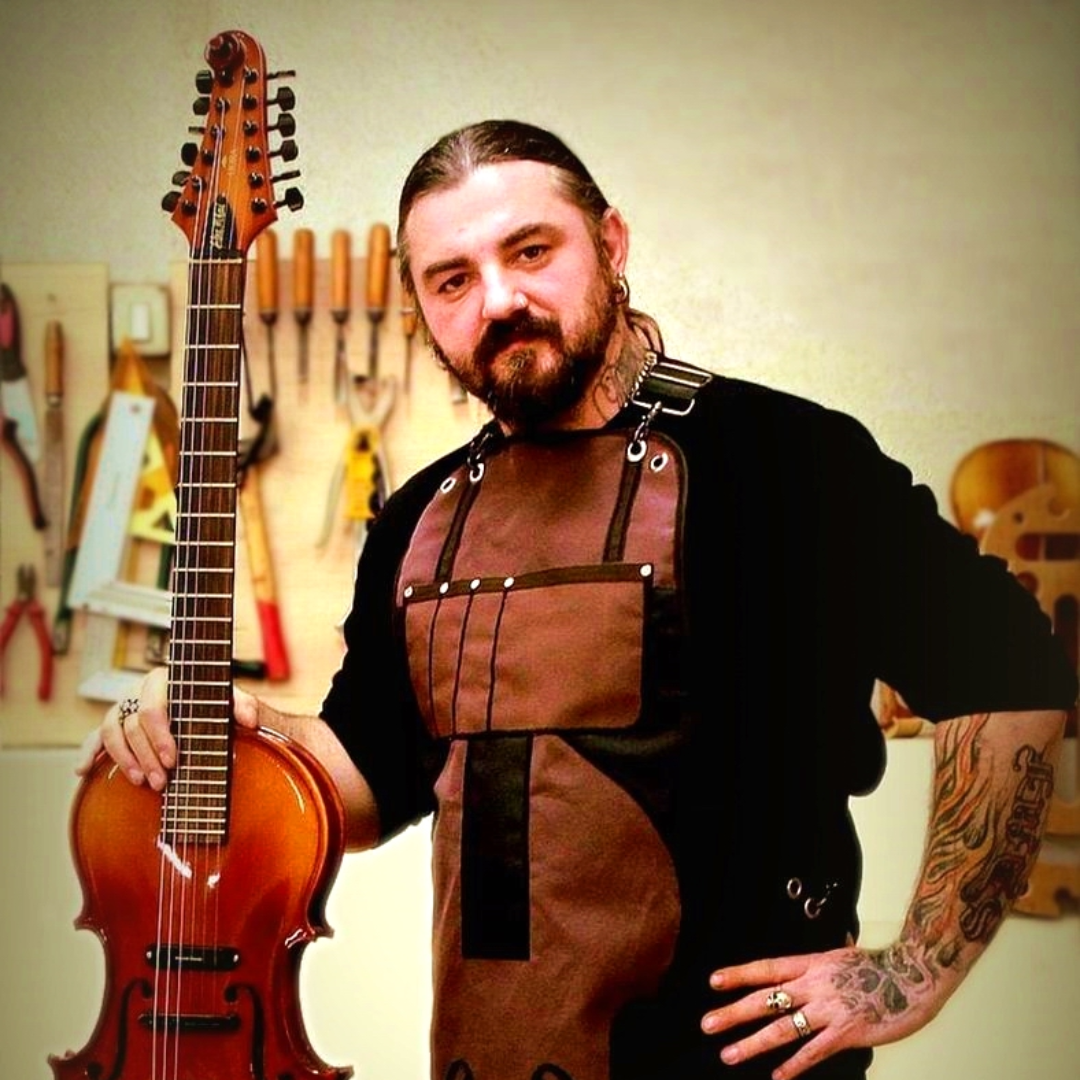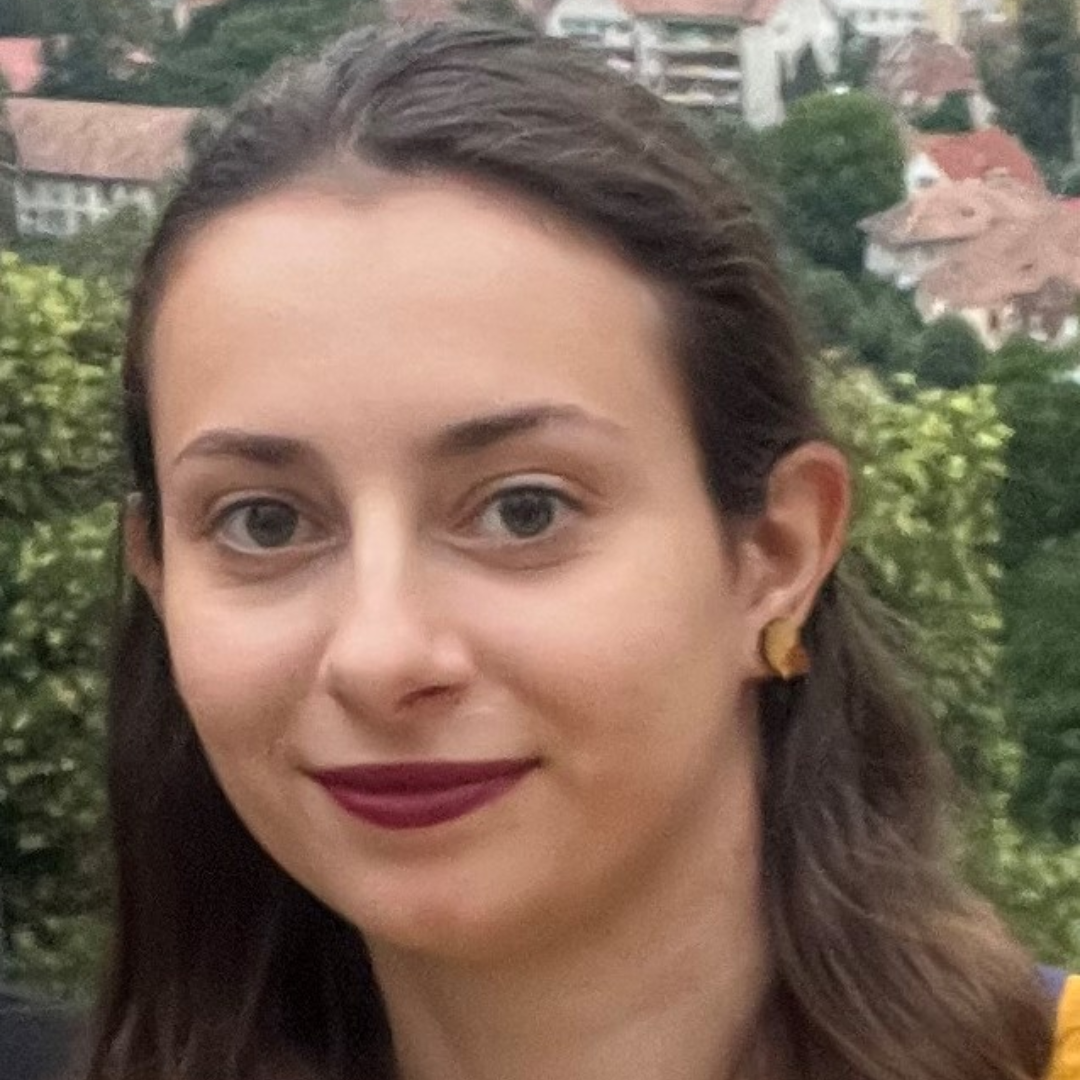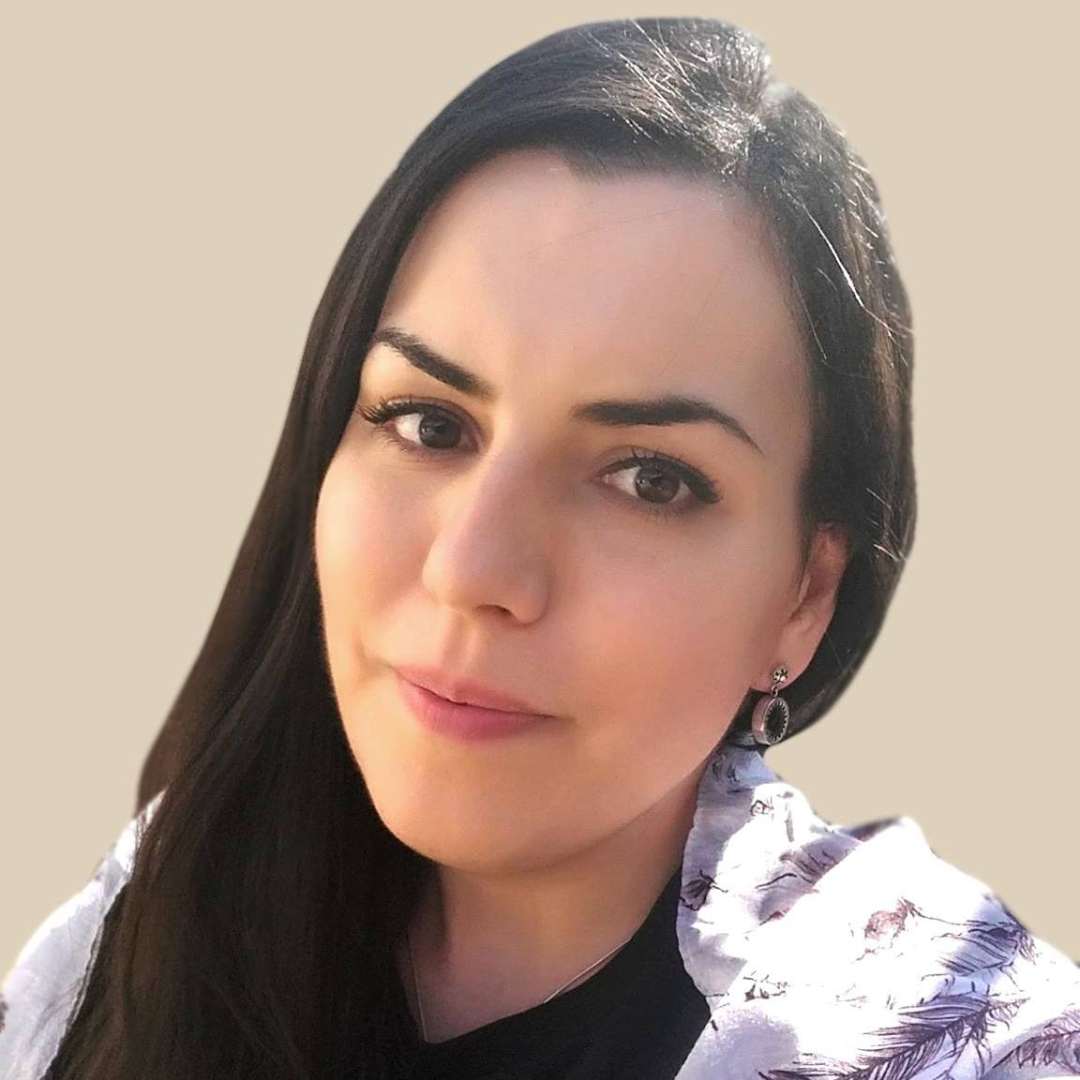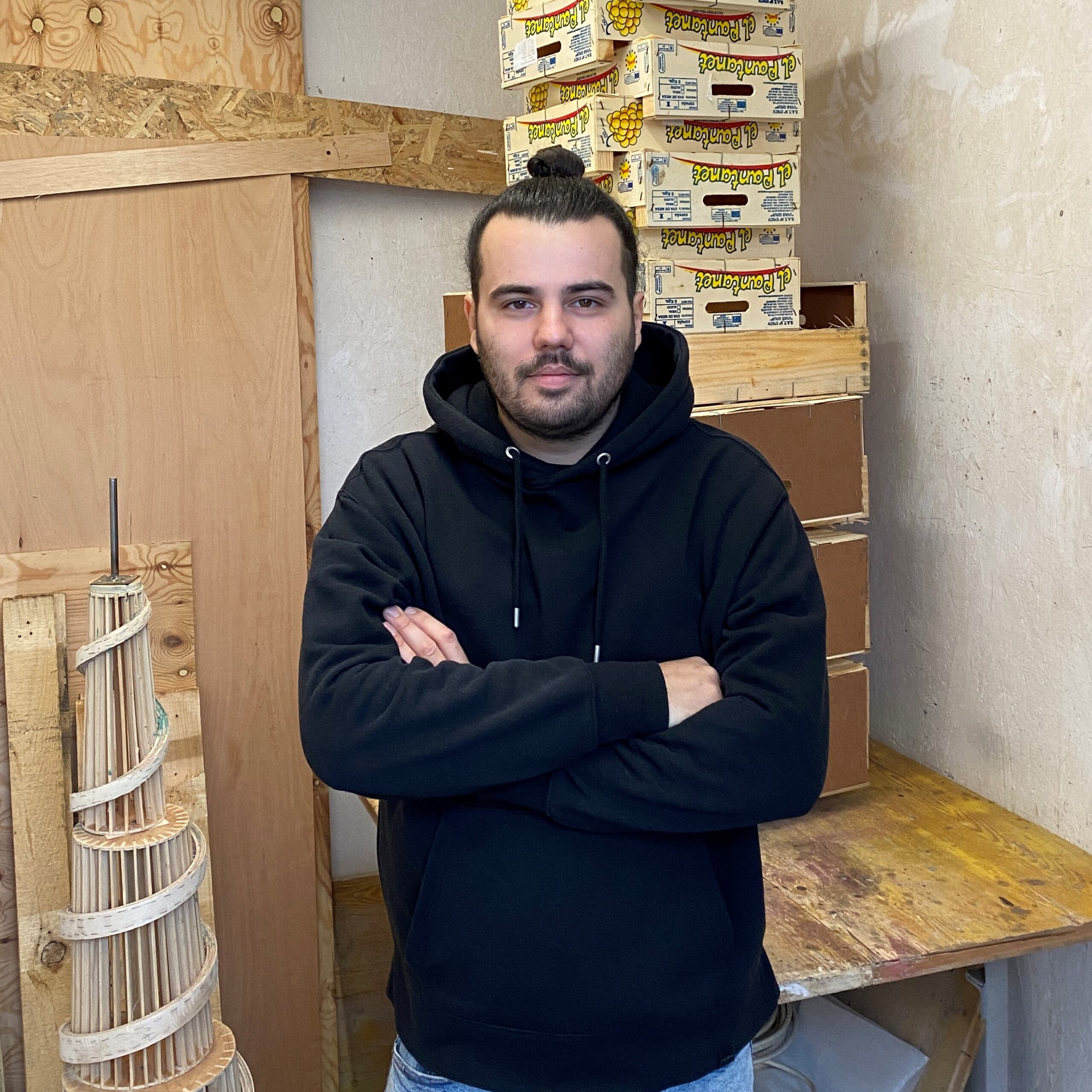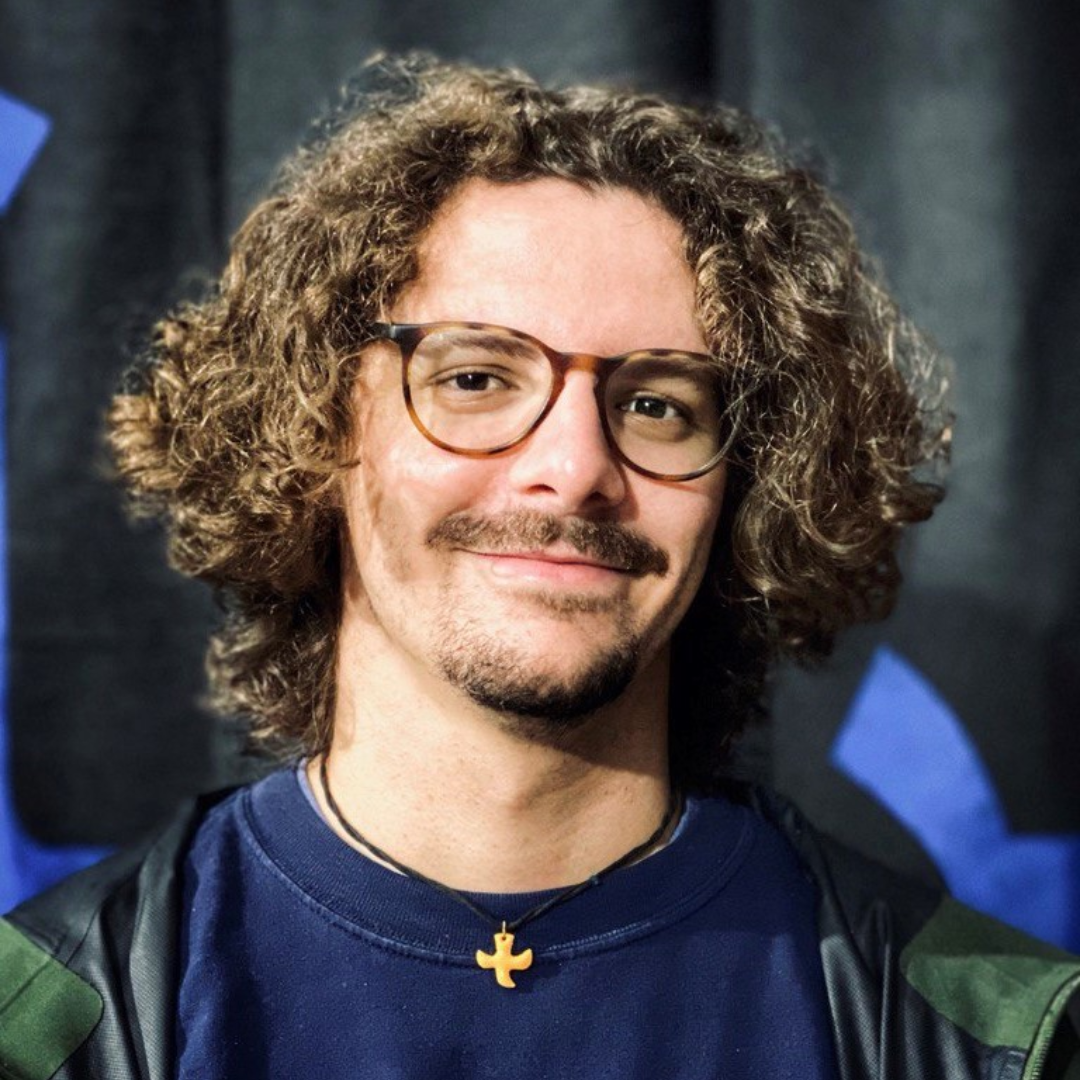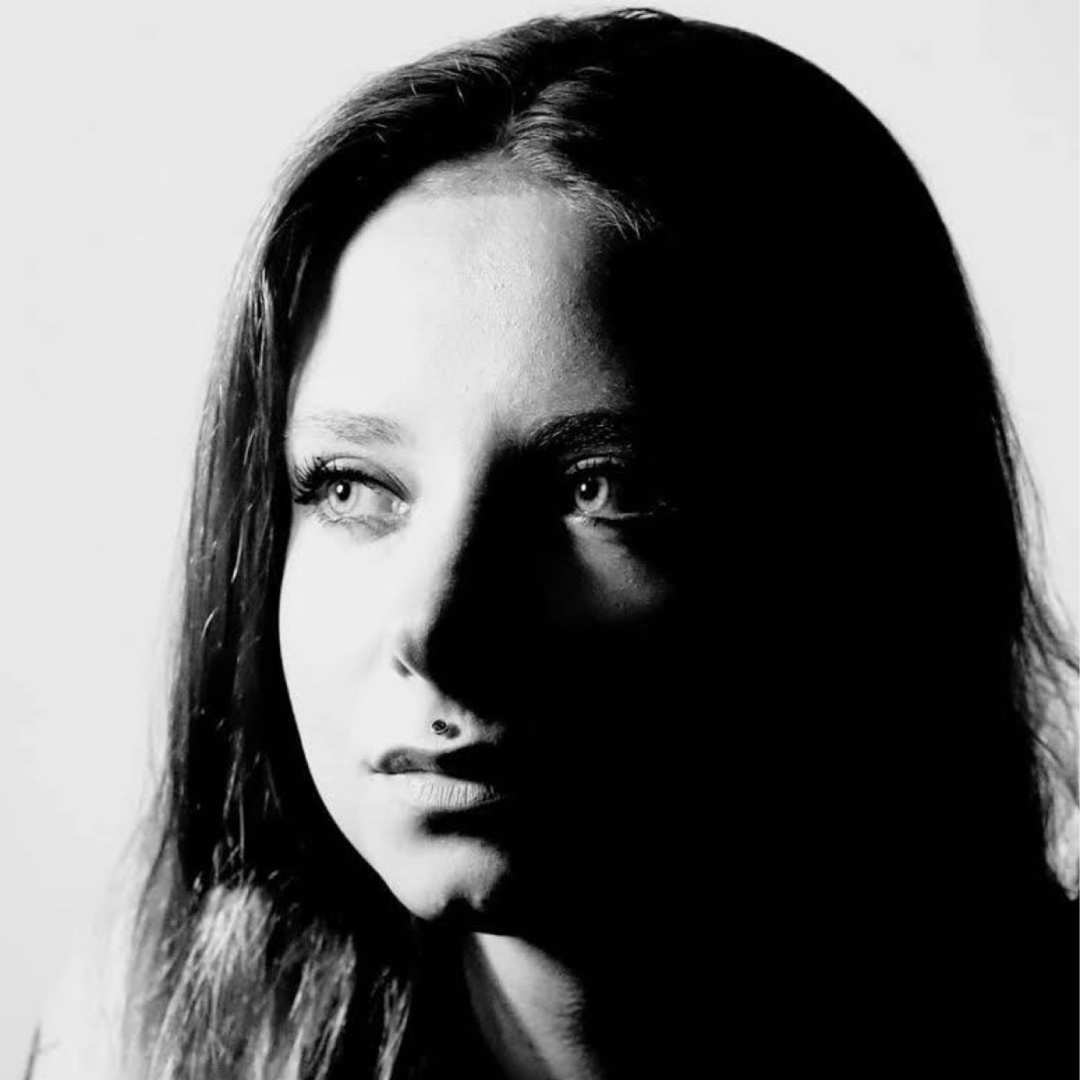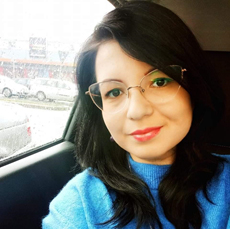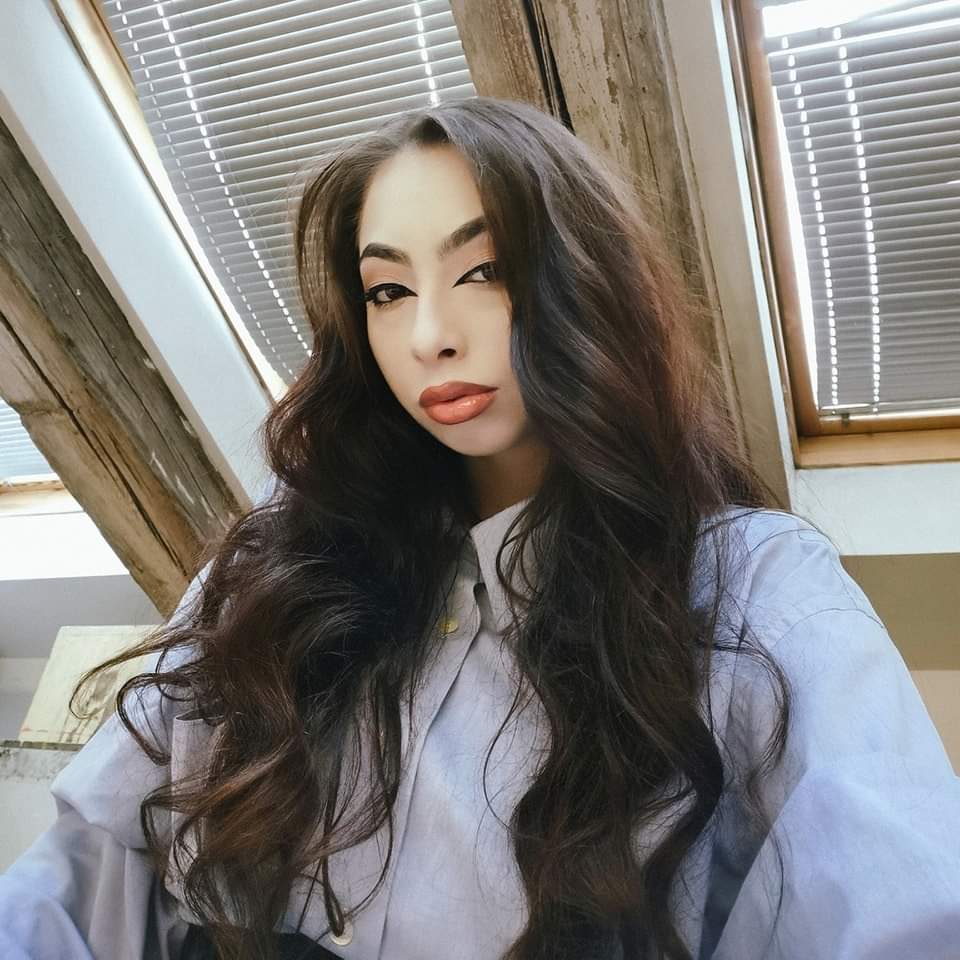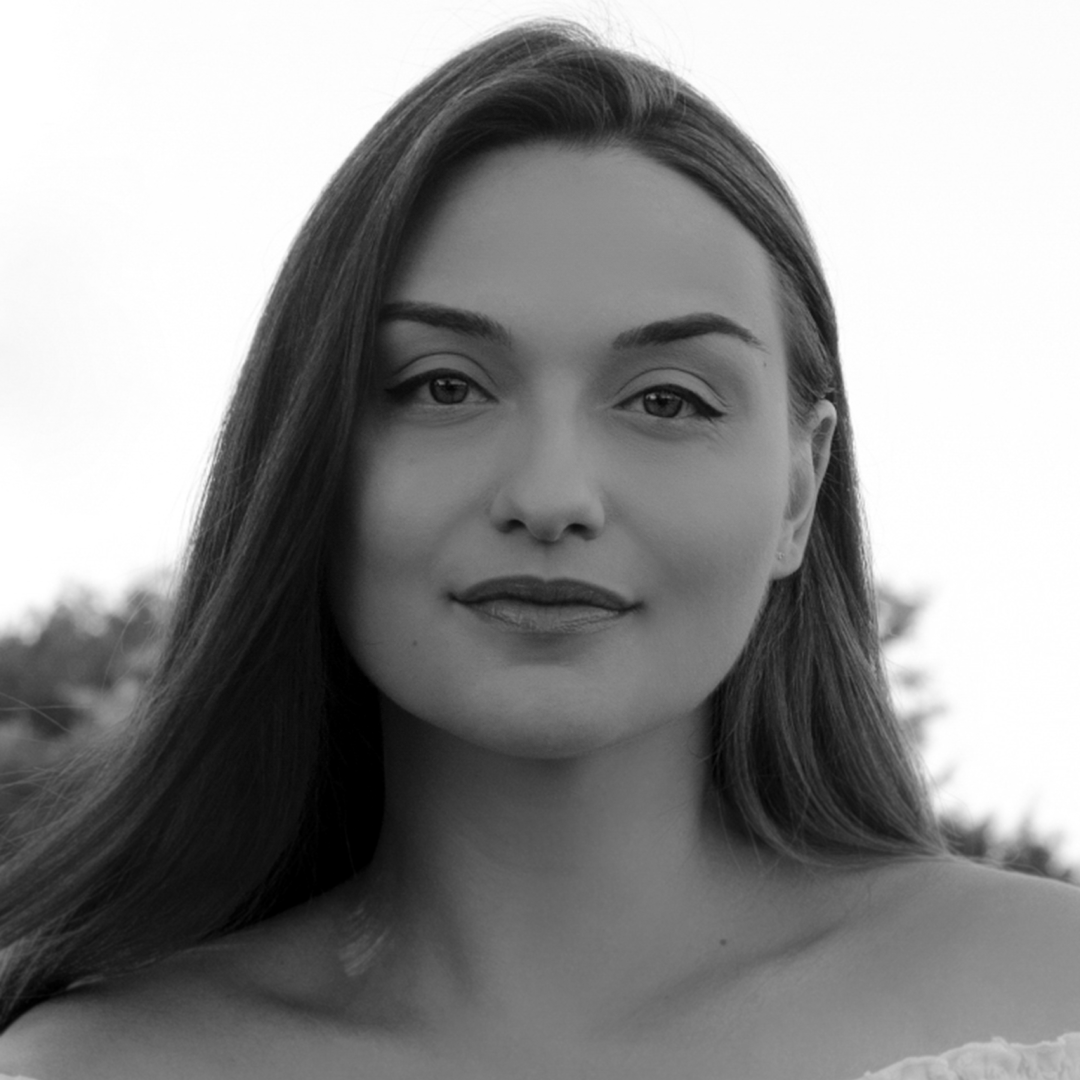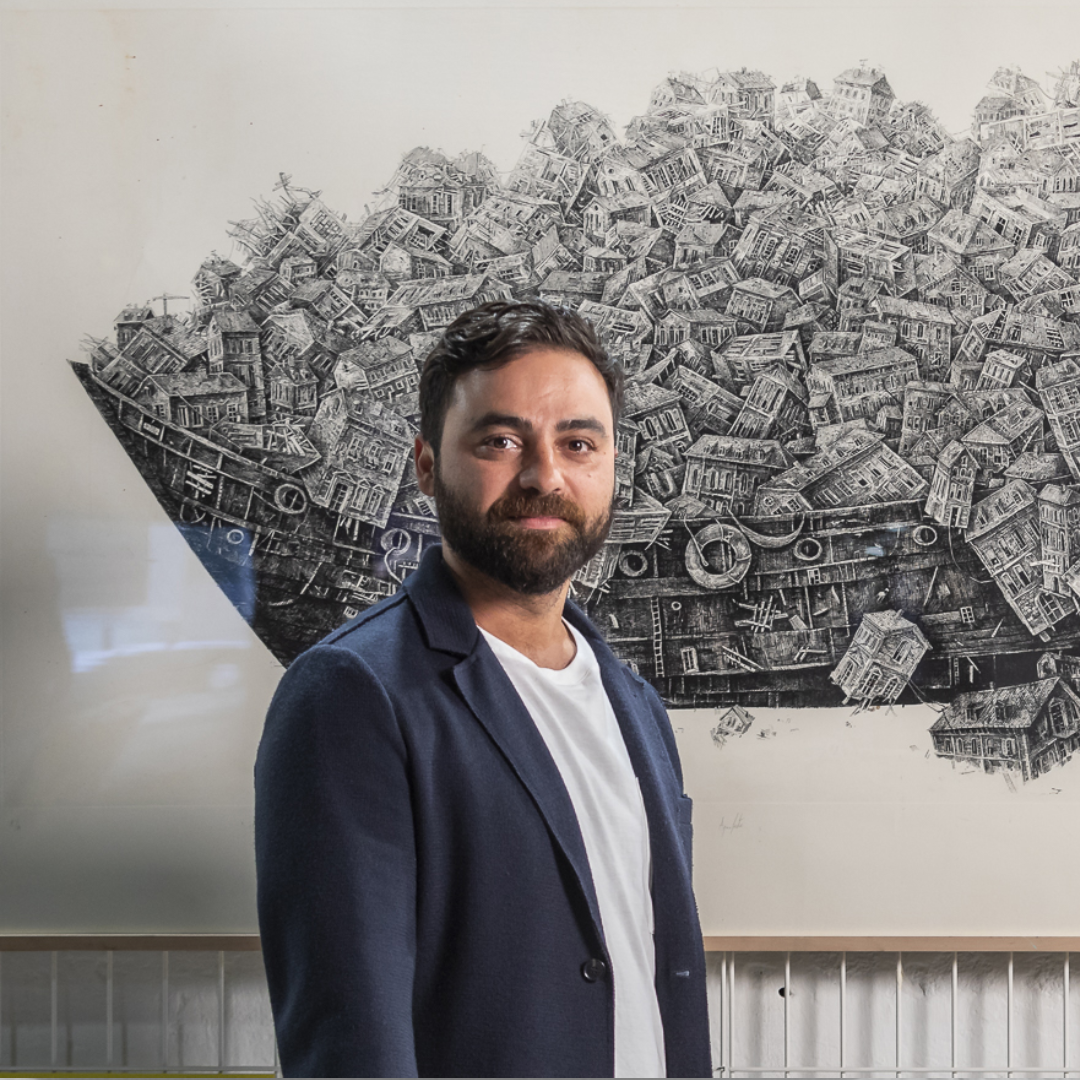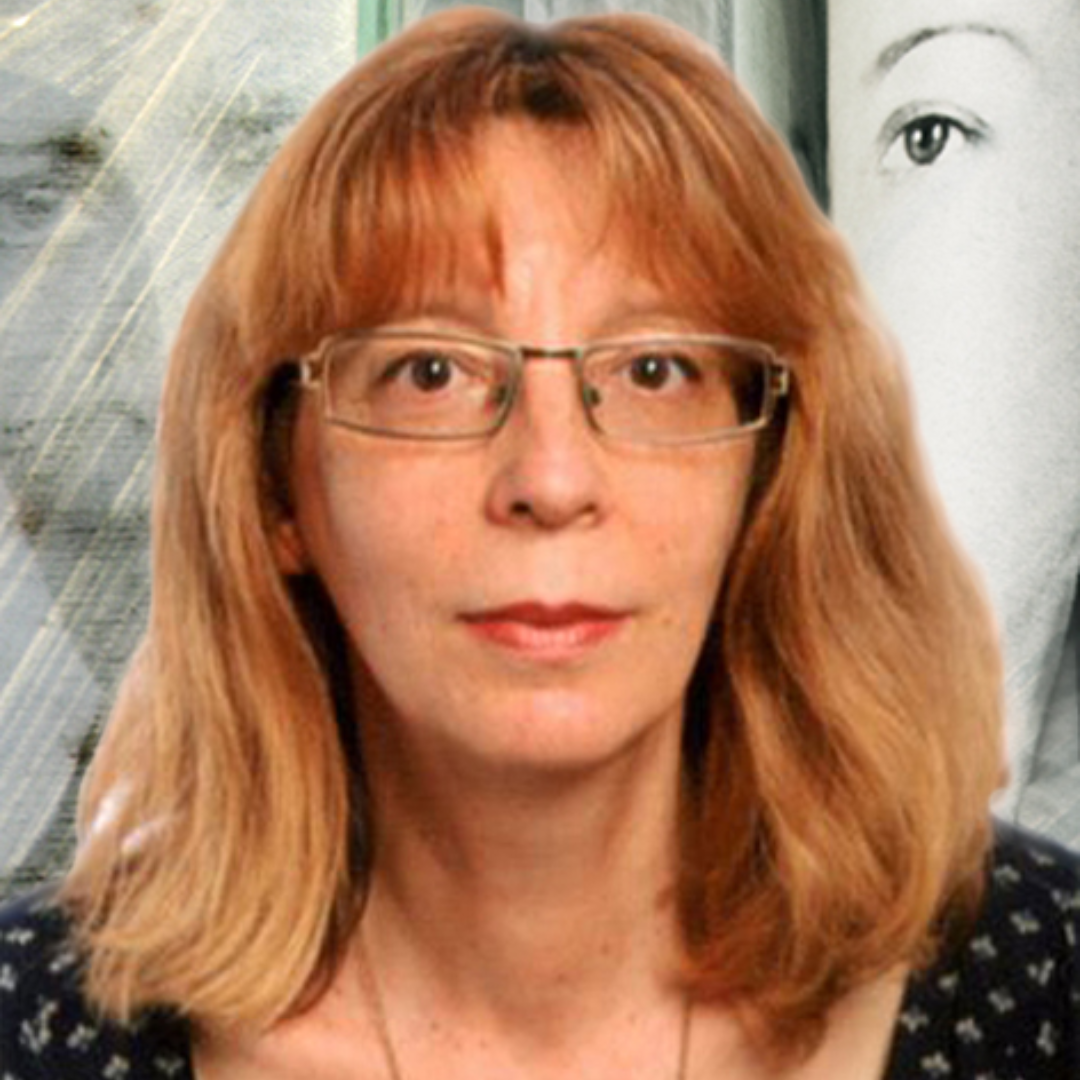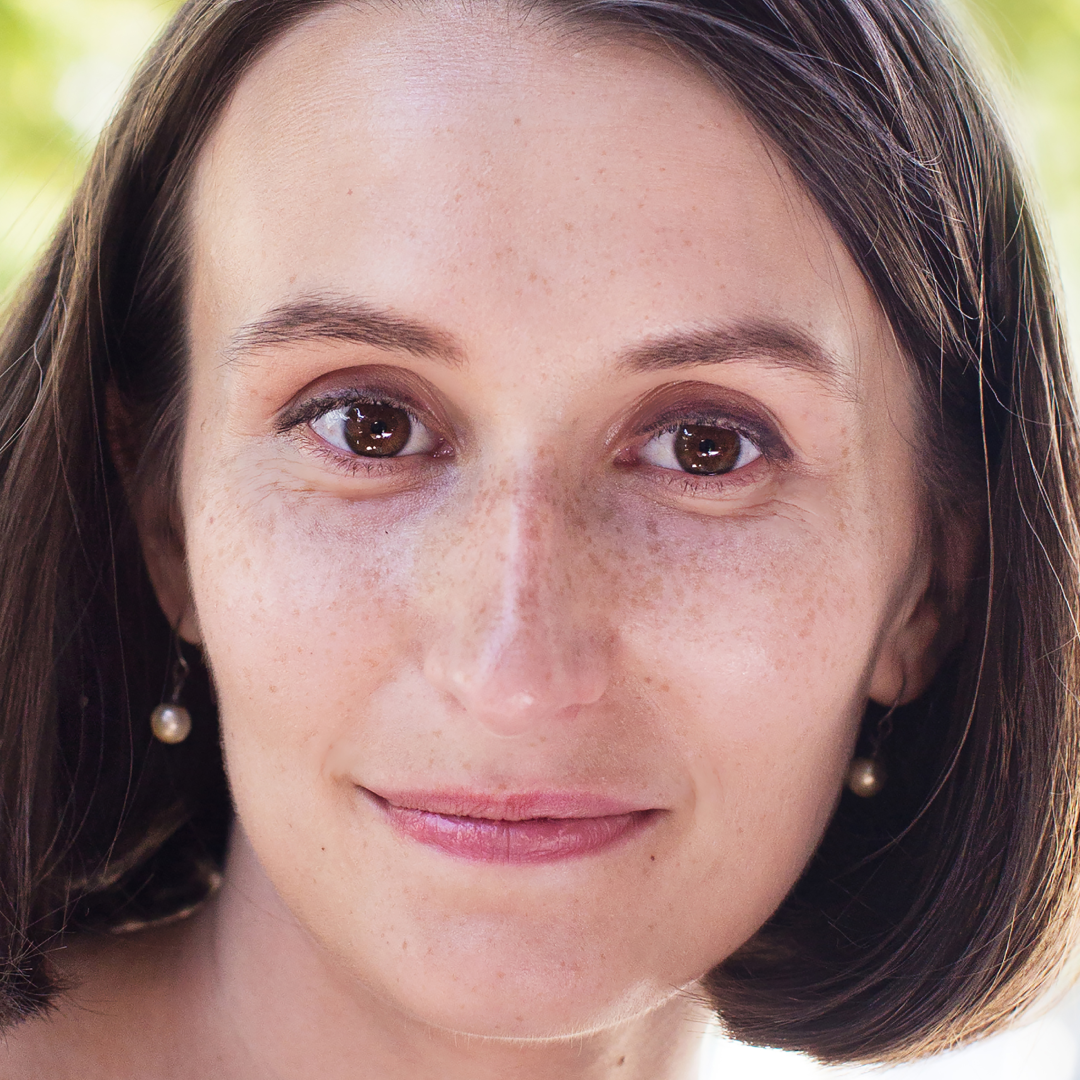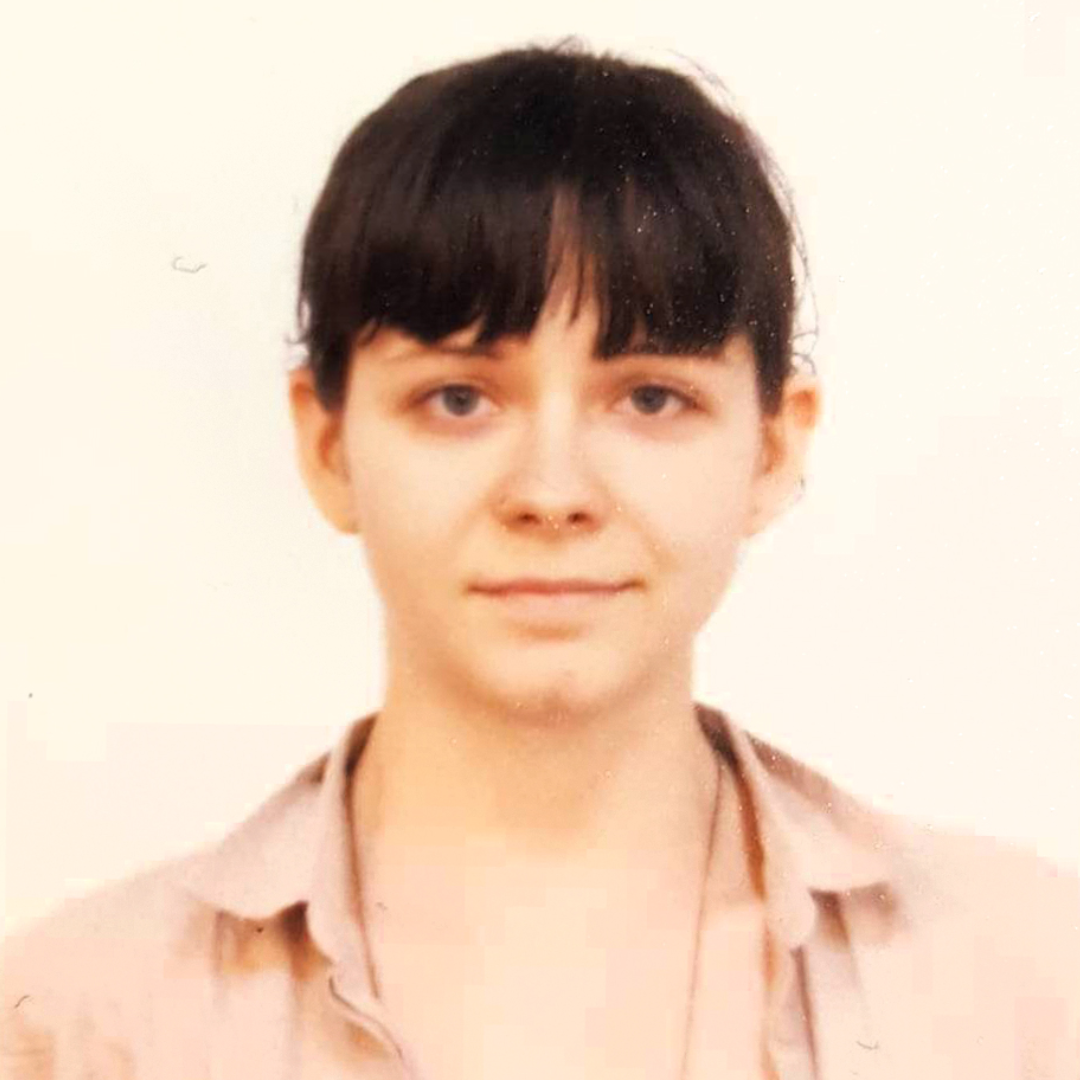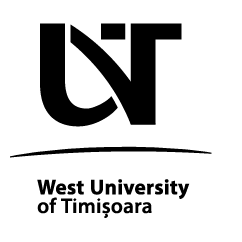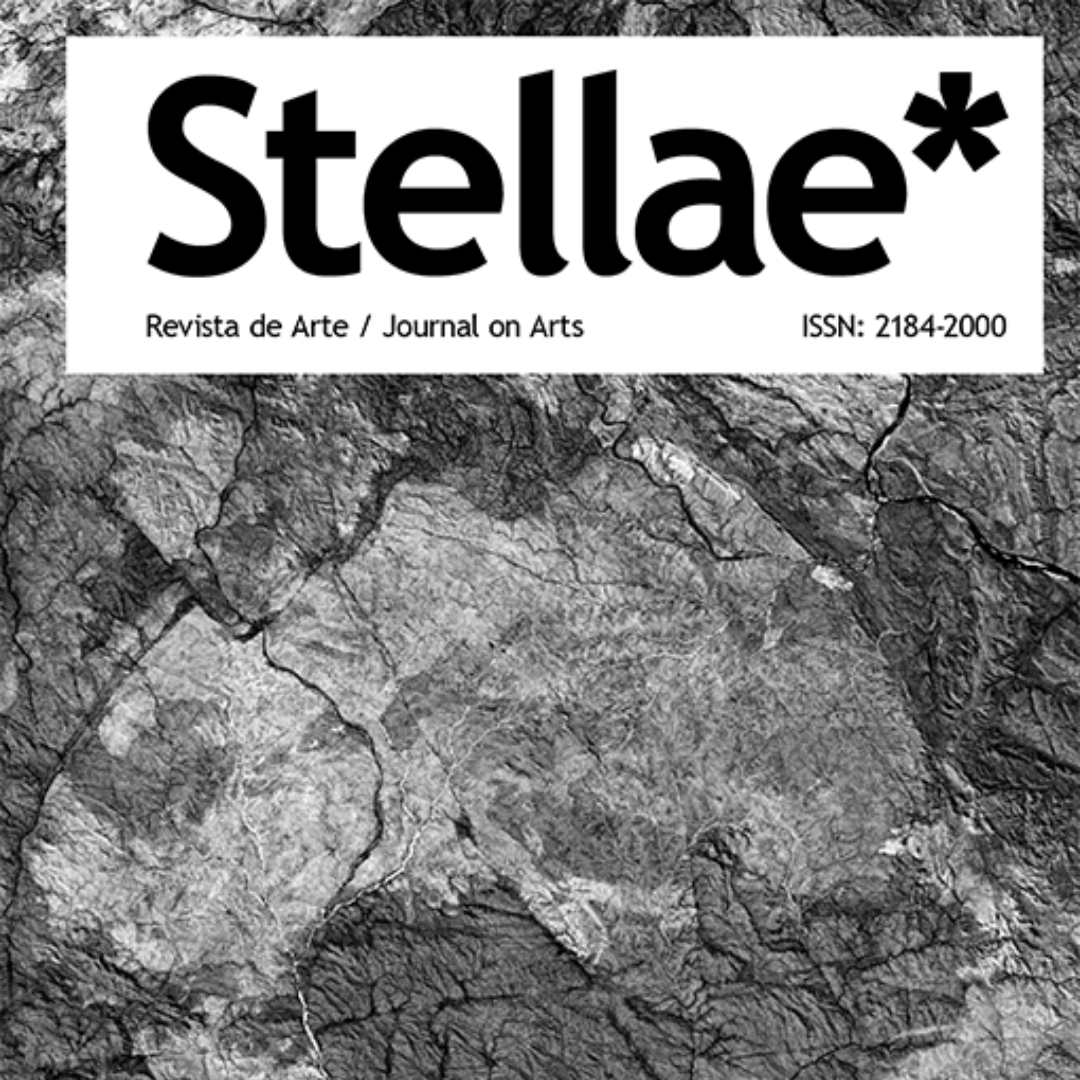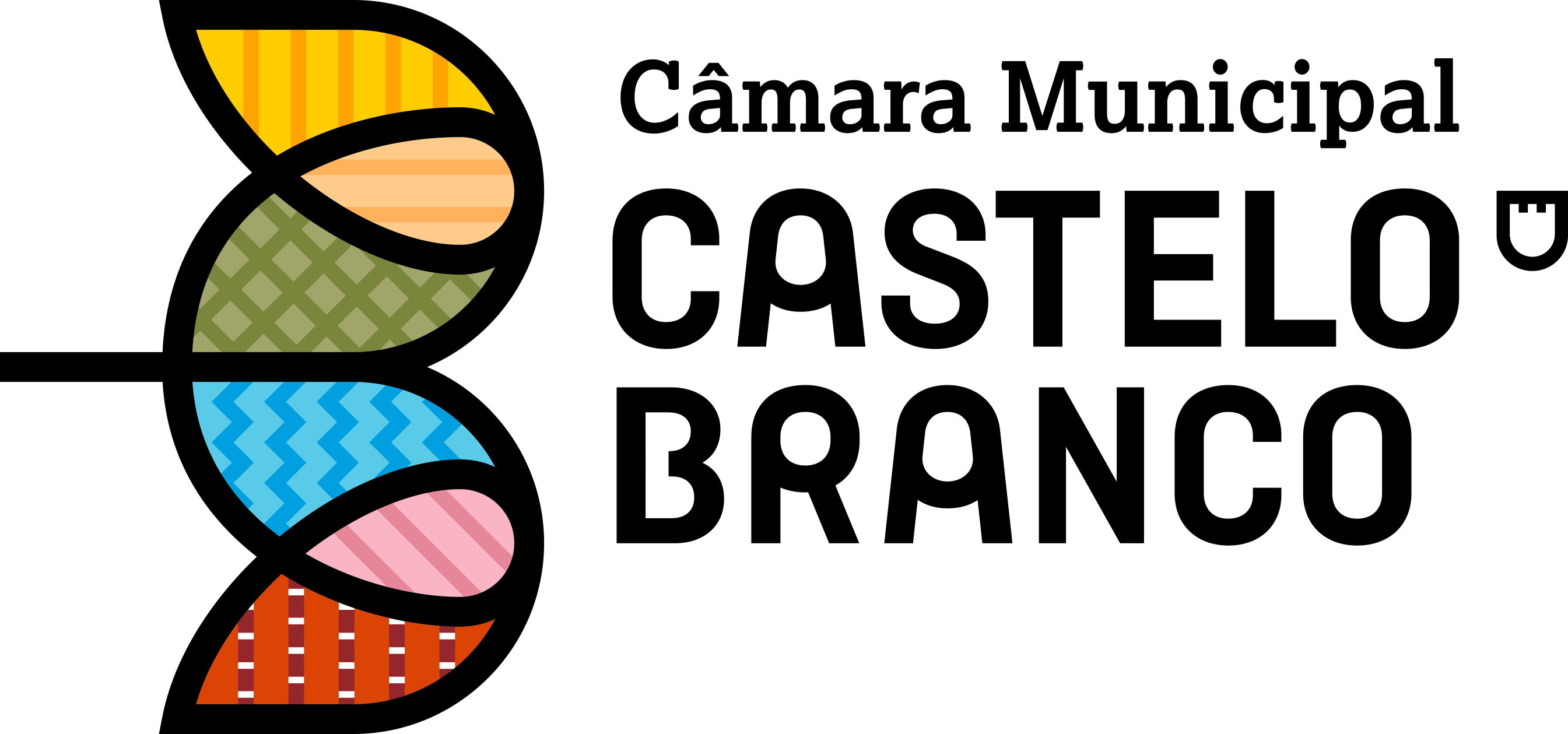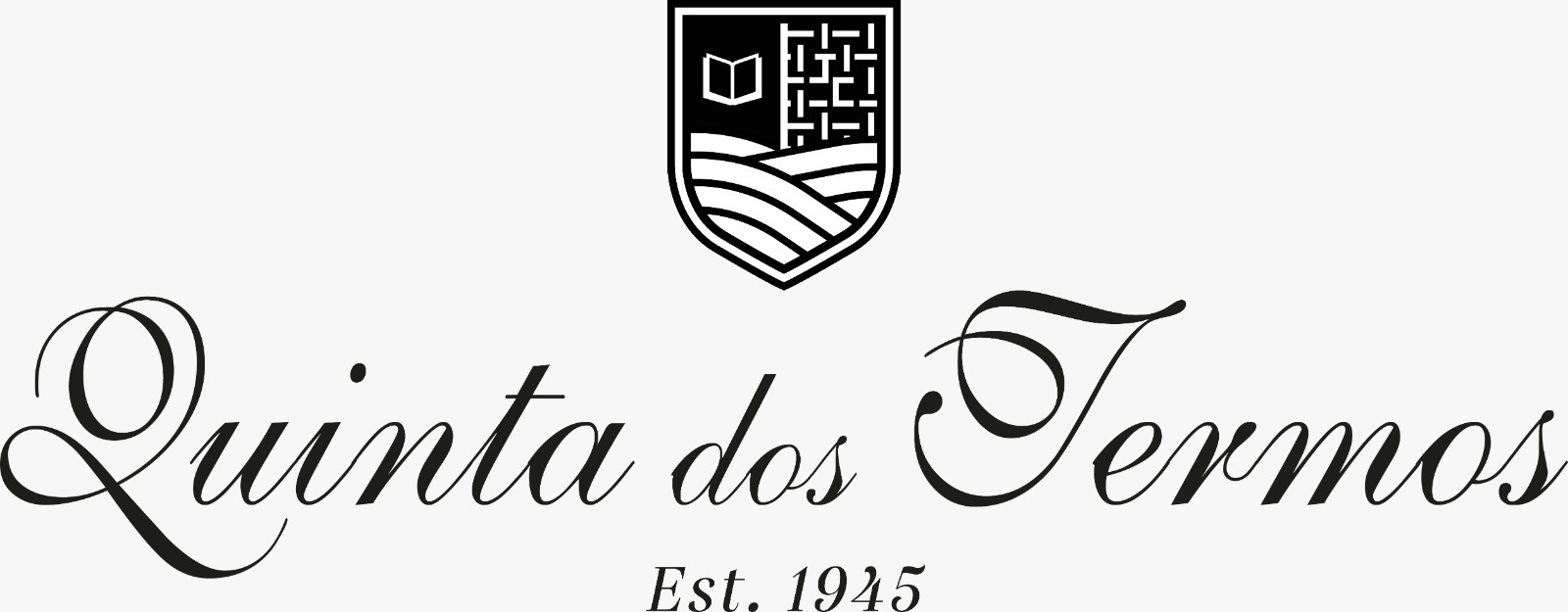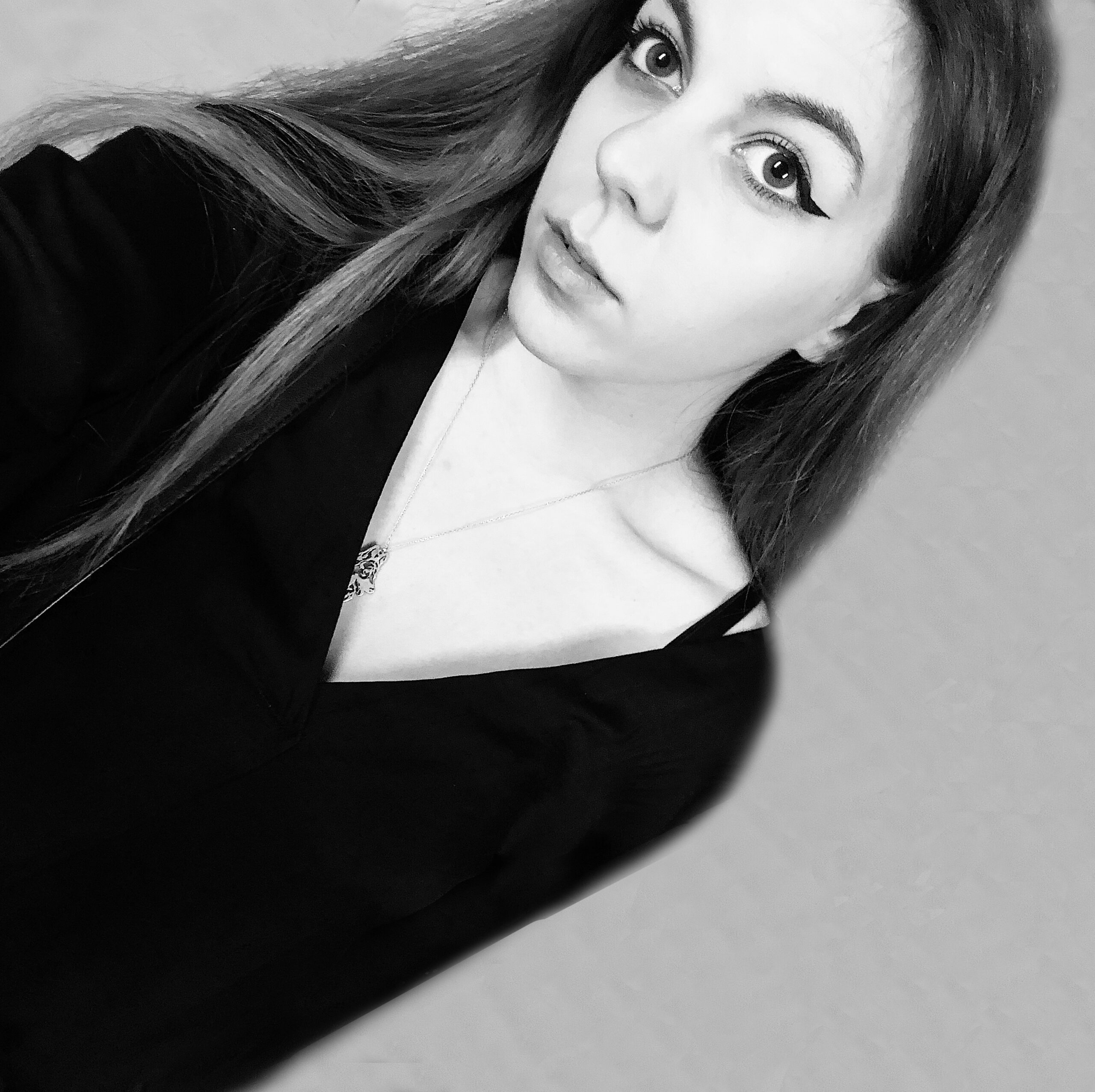
Andreea Ana-Maria Pleșa
InBetween. Sustainable Clothing Design
The InBetween project aims to raise awareness of the excessive consumerism that is at the heart of the clothing industry, and the collection thus becomes a mouthpiece to draw attention to both the material and physical abuses of fast fashion. InBetween talks about the present and is rooted in several auto reflective and reevaluation processes experimented in the past few years. We talk about the revaluation of human potential at the expense of post-human society concepts. The geometry of the collection is not aimed at current trends, emphasizing the impersonal nature of clothing. The color scheme is based on the industrial landscape with a touch of orange that intends to bring the wearer out of anonymity and doubles as a warning sign about standardized style. In regards to tech-human-industry relationship, the collection takes a pro-human stand by using only natural fibers sourced locally.
The InBetween project aims to raise awareness of the excessive consumerism that is at the heart of the clothing industry, and the collection thus becomes a mouthpiece to draw attention to both the material and physical abuses of fast fashion. InBetween talks about the present and is rooted in several auto reflective and reevaluation processes experimented in the past few years. We talk about the revaluation of human potential at the expense of post-human society concepts. The geometry of the collection is not aimed at current trends, emphasizing the impersonal nature of clothing. The color scheme is based on the industrial landscape with a touch of orange that intends to bring the wearer out of anonymity and doubles as a warning sign about standardized style. In regards to tech-human-industry relationship, the collection takes a pro-human stand by using only natural fibers sourced locally.
Andreea Ana-Maria Pleșa
graduated from the Faculty of Arts and Design in Timișoara (2019), where she also started her PhD studies in the same year, with a thesis titled Sustainable Clothing Design. Since 2021, she has been a research assistant at the Department of Design and Applied Arts. Using techniques specific to fashion Design in her creations, her works address themes such as sustainability, identity, and multifunctionality. Her collections have been mentioned in several specialized publications, awarded and selected for both national and international events. She also collaborated as a stylist for several international outlets, such as Moodic Magazine and Kreep Magazine. Among the artist's most important participations in exhibitions and fashion shows are Feeric33 New Talents Contest – Feeric Fashion Week (2018); Serbia Fashion Week (2018); Romanian Fashion Philosophy (2018); Diploma, Bucharest (2019); Feeric Fashion Week (2021 and 2022).
See
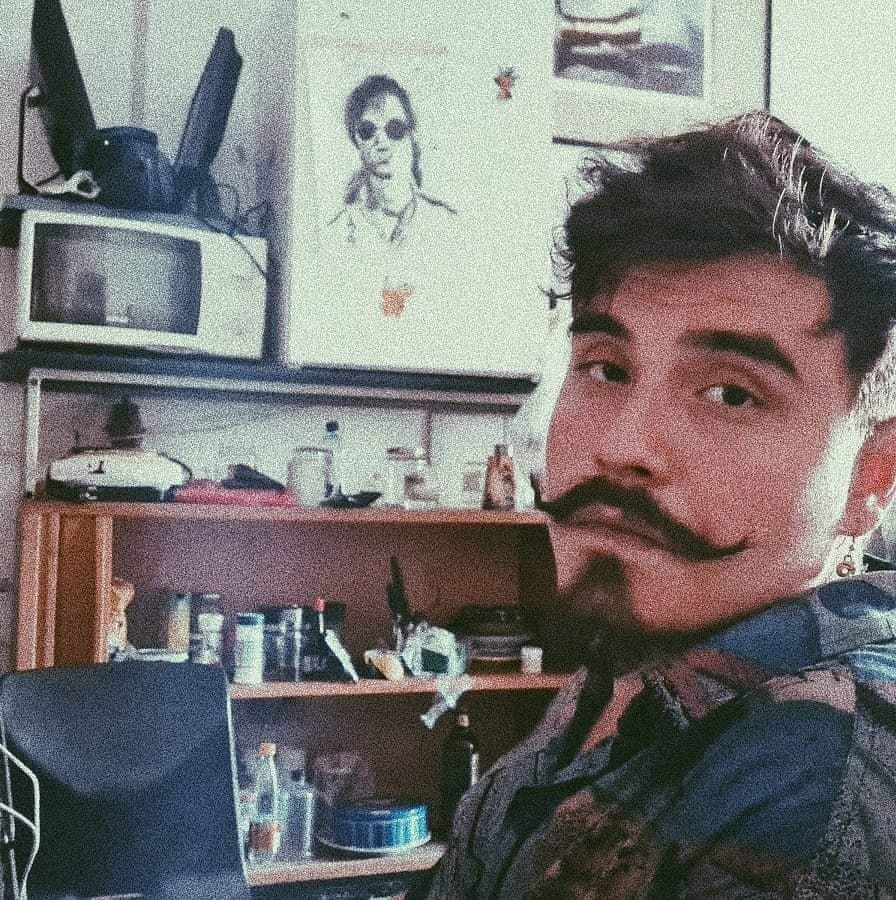
Andrei Răzvan Neciu
Trends of contemporary printmaking in the 21st century, experimentation and contextualization
The project aims to question new trends in printmaking as a medium of expression, by following its evolutionary aspects from the perspective of experimentation, which becomes a key point of contextualization, due to the new technical and visual dimensions it proposes. Thus, the research is divided into two distinct areas: the technical experiment, which consists of defining new materials and techniques developed and assimilated by contemporary artists; and the visual experiment, which involves the maintaining of traditional techniques approached in a distinct visual form, different from the canonical. The secondary field of this research lies at the intersection of the classical and the experimental, focusing on the technical and conceptual discourse in the contemporary artist's universe of expression. The aim is to highlight how different artists relate to new materials and tools, thus building a reintegrative and evolutionary aspect of the artistic product formulated with the help of printmaking techniques.
The project aims to question new trends in printmaking as a medium of expression, by following its evolutionary aspects from the perspective of experimentation, which becomes a key point of contextualization, due to the new technical and visual dimensions it proposes. Thus, the research is divided into two distinct areas: the technical experiment, which consists of defining new materials and techniques developed and assimilated by contemporary artists; and the visual experiment, which involves the maintaining of traditional techniques approached in a distinct visual form, different from the canonical. The secondary field of this research lies at the intersection of the classical and the experimental, focusing on the technical and conceptual discourse in the contemporary artist's universe of expression. The aim is to highlight how different artists relate to new materials and tools, thus building a reintegrative and evolutionary aspect of the artistic product formulated with the help of printmaking techniques.
Andrei Răzvan Neciu
Neciu Andrei Răzvan is currently a PhD student at the Faculty of Art and Design of the West University of Timișoara. He holds a bachelor’s in Visual Arts / Graphic Design and a master’s in Visual Arts / Advertising and Editorial from the same institution. Among his most important works are: My first (Anti)Monument, a theoretical and practical workshop for interventions in a public space, Kunsthalle Bega, Timișoara (2022); Simulations of a possible future, exhibition, La Cave, French Institute, Cluj-Napoca (2022); XVIII Internationaler Wettbewerb für Kleingrafik und Exlibris Ostrów Wielkopolski (2022); 7th Graphic Art Biennial of Szeklerland (2022); 3rd Bucharest International Print Biennale (BIPB) (2019).
See



